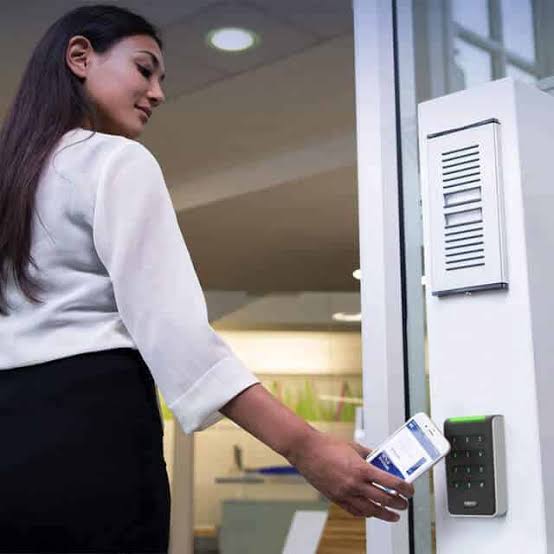ACCESS CONTROL SYSTEMS
An access control system is a security measure that regulates who can view or use resources in a computing environment. It can be physical, such as keycards and biometric scanners, or digital, involving software that manages permissions to digital resources. These systems are crucial for ensuring security and protecting sensitive information or areas.
Access control systems can be categorized into two main types: physical access control systems and logical (or digital) access control systems. Here’s a more detailed overview:
Physical Access Control Systems:
These systems manage the entry and exit of individuals to physical spaces such as buildings, rooms, or secured areas. Common components include:
1.Card-Based Systems: Use magnetic stripe cards, proximity cards, or smart cards. Users swipe or tap their card at a reader to gain access.
2. Biometric Systems: Utilize unique biological characteristics like fingerprints, facial recognition, iris scans, or voice recognition.
3. Keypad Systems: Require users to enter a PIN or passcode on a keypad.
4. Mobile Access: Use mobile devices and apps to grant access through Bluetooth or NFC technology.
Logical Access Control Systems:
These systems control access to digital resources like computer systems, networks, and databases. Key components include:
1.User Authentication: Ensures that users are who they claim to be, typically through passwords, PINs, biometrics, or multi-factor authentication (MFA).
2.User Authorization: Determines what an authenticated user is allowed to do, based on roles, permissions, or policies.
3.Access Control Lists (ACLs): Specify which users or system processes are granted access to objects, as well as what operations are allowed on given objects.
4.Role-Based Access Control (RBAC): Assigns permissions to users based on their role within an organization, simplifying management and ensuring that users have appropriate access.
Implementation Considerations
Scalability: The system should be able to grow with the organization.
Integration: Ability to integrate with existing systems and infrastructure.
Usability: Ease of use for both administrators and end-users.
Security: Robust mechanisms to prevent unauthorized access and protect sensitive information.
Compliance: Adherence to industry standards and regulatory requirements.
Emerging Trends
Artificial Intelligence: AI and machine learning are being used to enhance security by detecting unusual access patterns and potential security threats.
Cloud-Based Access Control: More systems are moving to the cloud for better scalability and management.
Zero Trust Security: This approach assumes no implicit trust and continuously verifies every request as though it originates from an open network.
